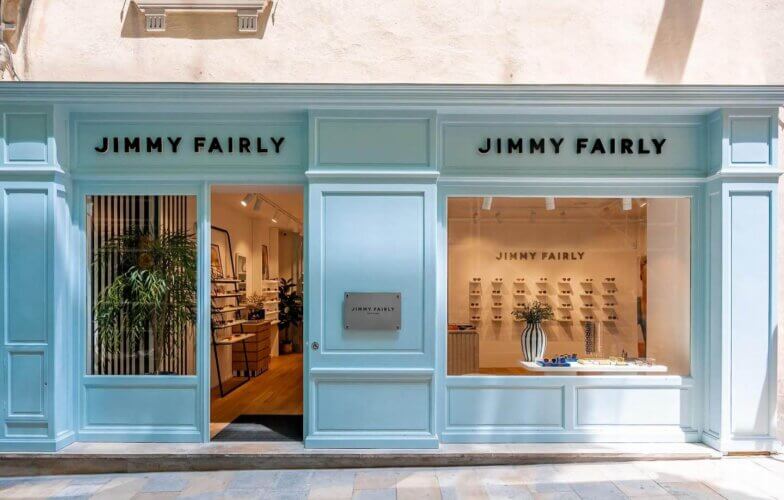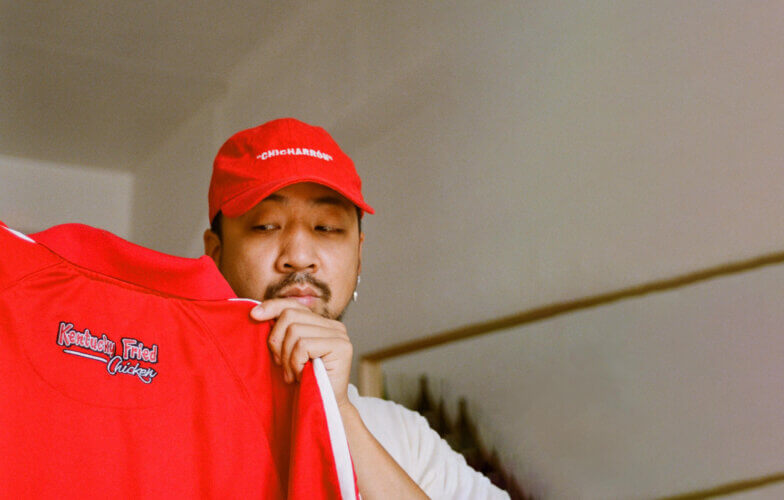
The New Challenges Facing the Fashion Ecosystem
InterviewsIn this interview coinciding with Paris Fashion Week, Marie Dupin, Fashion Director at NellyRodi, provides insights into the agency’s vision of the sector.
In this interview coinciding with Paris Fashion Week, Marie Dupin, Fashion Director at NellyRodi, provides insights into the agency’s vision of the sector. In her assessment, four main drivers are rejuvenating the fashion scene: an increase in the numbers of service providers involved, new consumer expectations, the need for brands to approach innovation differently and the emergence of socially responsible consumption.
On the cusp of the 2020s, what early signs are pointing to a rejuvenation of the fashion sector?
The sector is in a state of flux and finds itself in a fairly paradoxical situation. On one hand, the industry is deemed to be in trouble, judging by the sales trend for traditional retail sales in France and the disappearance of some players. On the other, a more pragmatic reality is evident in that some brands or distributors continue to follow a steep upward trajectory.
At the same time, one observes the advent and success of new types of fashion business. Online retailers like ASOS or Amazon have become powerhouses, DNVBs are reporting exponential growth (up 44% in 2018 alone) and new business models are emerging based on data or a community of followers. The rules of the game have changed, and the formulas used five years ago to achieve brand desirability and success have become obsolete.
Another major development noted by our agency is a substantial increase in the number of service providers working for fashion brands. Creative directors enjoy more support than ever before and departments poised at the cutting edge – e.g. those relating to AI, inventory management and the in-store experience – are expanding quickly, redefining the fashion ecosystem, its collaborations and how it relates to other sectors.
These two phenomena, in addition to a difficult business environment, are obliging the industry to effect change that is not just marginal, but transformational.
What can you tell us about the new consumer expectations?
Today’s consumer abides by three fundamental values, i.e. engagement, agility and inclusivity.
#Engagement
Today’s highly-aware consumers aspire to understand the industry value chain and patronize brands that are socially and environmentally responsible. This movement gained momentum after the Rana Plaza garment factory disaster in 2013 and is currently fueled by alarm over the statistics on fashion industry pollution. Consumers now expect brands to adhere to a “no filter” philosophy and strong concepts attuned to the key social and environmental issues of the day.
#Agility
The oft-heard message about consumer empowerment has to be factored into the creative process. Consumers want it all and they want it faster, in (re)action to what they see at fashion shows and in the social media. Impatience may be the most typical consumer attitude these days. Brands are also striving to smooth the path to purchase (which consumers now take for granted) and new “adaptable” lifestyles have emerged (e.g. the popularity of pre-owned items). A consumer-centric stance is now a must.
#Inclusivity
This was a buzz word at Paris Fashion Week. For the first time, the Etam lingerie brand featured different body types at its runway show. Major houses (e.g. Marc Jacobs) were also intent on delivering this message. Fashion has become the new standard-bearer for all-round inclusivity – in terms of age, gender, morphology or religion – and is (re)connecting with its clientele in a more authentic way.
It’s still early days for AI, data analytics and mass data mining. What is your take on innovation in the fashion sector?
The “innovation” angle is precisely what is going to oblige brands to (re)invent themselves, leave their comfort zones and take greater risks to win market share. It’s important to stress thatinnovation is no longer the prerogative of the Innovation Director or Digital Director. Today, innovation must permeate each company and characterize every step in the value chain.
It is imperative to “rethink innovation” across the board, i.e. at all stages of product design, manufacturing (by boosting supplier engagement and using more eco-responsible materials), communication and distribution (by reinventing physical stores in the age of digital). In fact, fashion tech is not limited to textile innovations, but encompasses the entire value chain. At a fashion house, innovation has become everybody’s business, whether one is a product manager, the retail network manageror the CEO.
Looking forward, what do you think will be the key drivers of desirability?
First of all, brands need to improve their purchasing to improve their bottom line. The major challenge right now for them to be proactive and innovative in their approach to collection-building. More and more things need to be defined and integrated upstream in order to renew/refresh the brand offering (e.g. drops, capsules and limited runs) and introduce practices inspired by the circular economy. At the same time, the idea is to reduce waste-related costs via the management of materials sourcing, inventory and finished products. This type of approach, driven by the new agility-boosting and forecasting tools, will eventually apply an upcycling rationale (e.g. pre-used items) to both physical and online retail.
Another trend often coinciding with our observations, is that of horizontality. This refers not only to the message that a business directs towards its clientele but also to the structure of the business organization.
It is important for brands to realize that they must do away with silos and undertake serious thought about their identity and conversational strategy.
For further information, see our exclusive study “(RE)THINK FASHION“.



